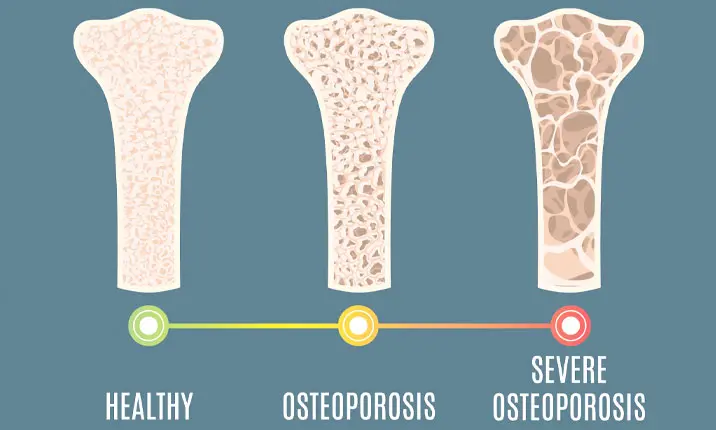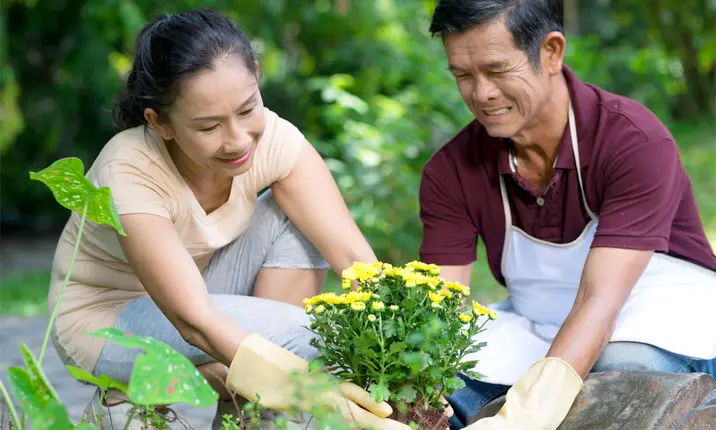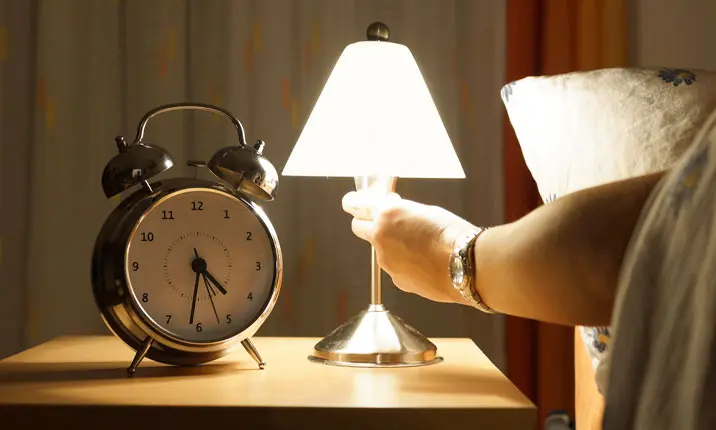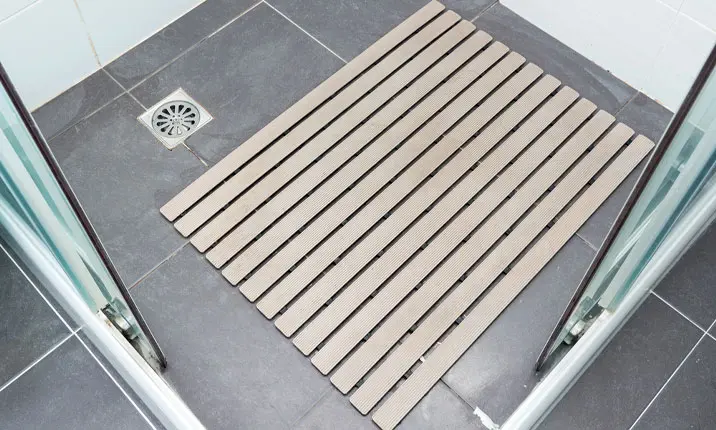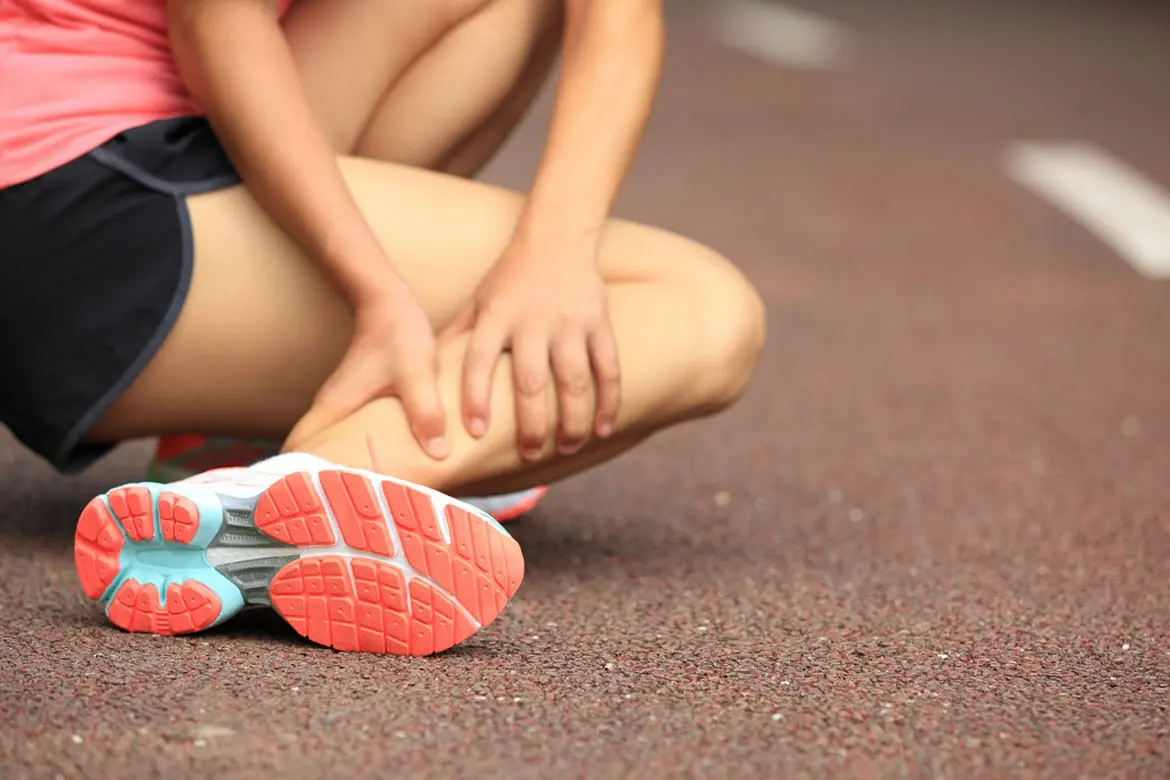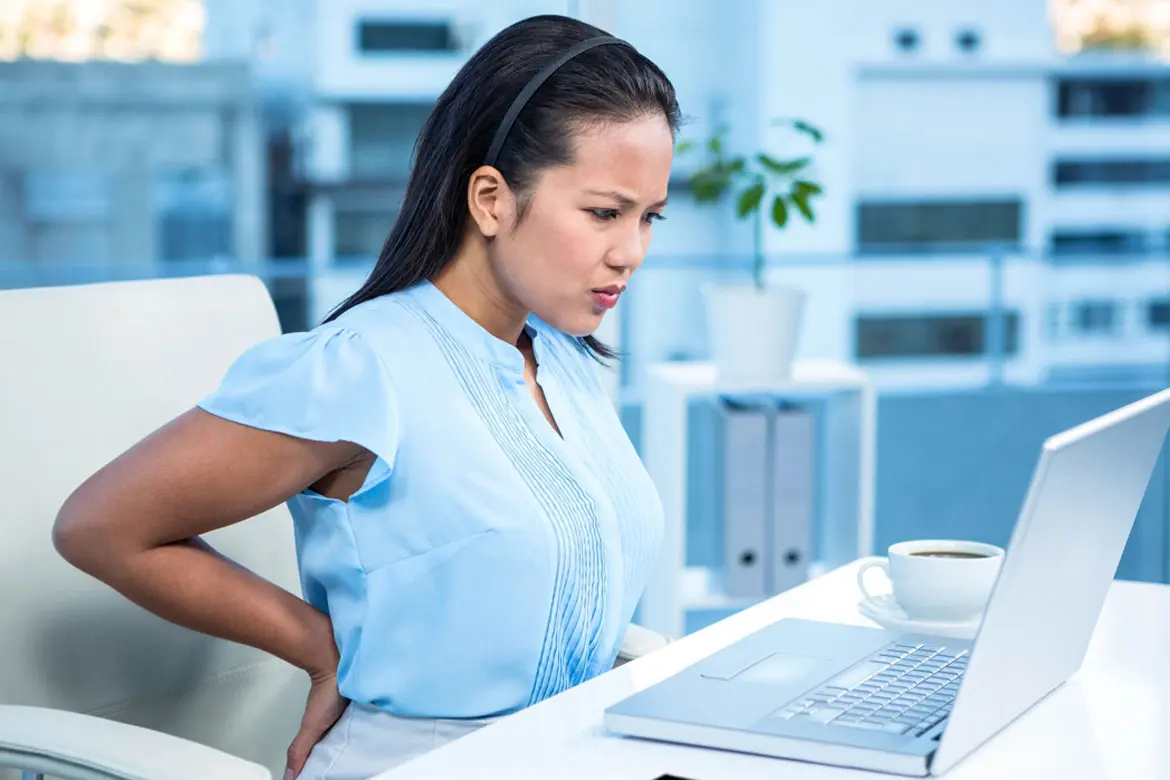For some, the golden years are the highlight of their lives. They've retired, and finally free (and able) to do things at their own pace. Chances are, those activities include travelling the world and doing charity work – all previously limited because of a hectic work schedule.
One important factor to ensure that they're able to make the best out of those years is for them to remain independent and mobile.
But what happens if that independence was taken away in a blink of an eye?
Osteoporosis is a medical condition that affects one's bone density, causing it to become brittle and porous. It gradually thins and weakens bones, subsequently increasing the risk of bone fractures.
Osteoporosis can affect any bone in the body but the areas most susceptible to an osteoporotic fracture are the hips, wrist and spine. A fracture may not result in medical issues in the young and healthy. However, bone fractures can prolong immobility among the elderly. This could lead to other medical complications such as blood clots in the deep veins of the legs (deep vein thrombosis), lung infections (pneumonia), bed sores, urinary tract infections, depression, muscle wasting and many more.
Severe complication may even lead to death. Therefore, an early diagnosis of a fracture and timely intervention if required to regain mobility is the key to successful management. Above all, fall prevention is an important measure not to be taken lightly among the elderly as they are more vulnerable to fragility fractures due to age and osteoporosis.
The International Osteoporosis Foundation (IOF) projects that 50% of osteoporotic hip fractures will occur in Asia by the year 2050. Below are some risk factors you should take note of as well as tips on how to 'fall-proof' your home.
Multiple risk factors
Poor balance due to medical conditions
From inner ear problems such as vertigo, hypoglyceamia (low blood sugar levels) to neurological conditions such as Parkinson's Disease as well as eye diseases such as glaucoma, there are several medical conditions that can affect balance and ultimately increase the risk of falling down. Seek help if you or your loved ones find it difficult to maintain balance as it could be as symptom of a medical condition.
Medication and its risks
According to the World Health Organization (WHO), medications such as Benzodiazepine, when used among the elderly, is associated with a near 44% increase in hip fractures and night falls. If you or someone you know is consuming any form of psychotropic medication, it's best to speak to a doctor to review the medication and find out if any could affect the ability to balance and increase the risk of falling.
Lifestyle factors
The way you lead your life could also determine if you are at a higher risk of experiencing falls and osteoporotic fractures. Individuals with a sedentary lifestyle have an increased risk of falling due to muscle atrophy. On top of that, nutritional deficiencies such as a low body mass index, the lack of vitamin D as well as calcium in the long run can increase your risk of falling.
Besides, living alone is a risk factor as well. As you go about life independently, you may engage in activities that could affect your balance. This includes bending over while gardening, walking along slopes and reaching out for items on top shelves.
One way to prevent falls is to fall-proof the home. Especially for the elderly, home is where you spend most of your time. Read on to find how you can turn your home into a safer place for your loved ones.
Are there hazards in your home?
Some areas of your home or the way your furniture is arranged can pose fall hazards. If you're in your golden years or have elderly folks living with you, a review of your home is recommended to keep your house fall-proof.
Here's a checklist of some of the common fall hazards in a home:
- Loose floor boards
- Carpets
- Sloping areas
- Coffee tables or furnishing in the centre of a space
- Extension cords across walkways
- Throw rugs
- Low toilet seat
- Steep steps
5 ways to fall-proof your home
Create a safe sanctuary for you and loved ones with a fall-proof home. Here are some suggestions to help you get started:
1. Light up your house
Use night lights in the bedroom and bathroom to ensure that the rooms are lit in the event a bathroom trip is needed. On top of that, a bedside night lamp should be placed within reach to avoid unnecessary falls or spills while walking in the dark when the main lights have been turned off.
2. Use assistive devices
Hand rails along the staircase, grab bars in the bathroom and a sturdy seat in the shower are some assistive devices that can help maintain one's stability and reduce falls.
3. Mark areas
Blind spots are common hazards and can cause a person to lose their footing. Split levels and slopes may not seem like a hazard if you are fit and steady but these areas could lead to falls for the elderly. If there are any of such areas in your home, mark them with tape or even a different-coloured floor pattern to help demarcate these potential hazards.
4. Place items within reach
Gardening is a favourite activity among the elderly. Potted plants are often placed on the ground and requires the elderly to squat or bend over, which could affect their stability and risk falling. Raise the level of the pots to within reach by placing them on a table or stand.
Place all items that are often used on shelves that are within reach. This helps to prevent the elderly from climbing, tip-toeing or stretching more than they should, as it could lead to injuries and falls.
5. Keep floor surfaces dry
Opt for bathroom tiles are slip-proof. Place non-skid mats, strips, or carpet on all surfaces that may get wet.
Ultimately, the risk of falls and severity of fractures can be reduced by knowing your risk factors and taking charge of your bone health in your golden years. The IOF highlights that osteoporosis is greatly underdiagnosed and undertreated in Asia.
A simple bone density scan and a discussion with an orthopaedic expert can help you understand your bone health better. It's never too late to take charge of your mobility and live to the fullest.

